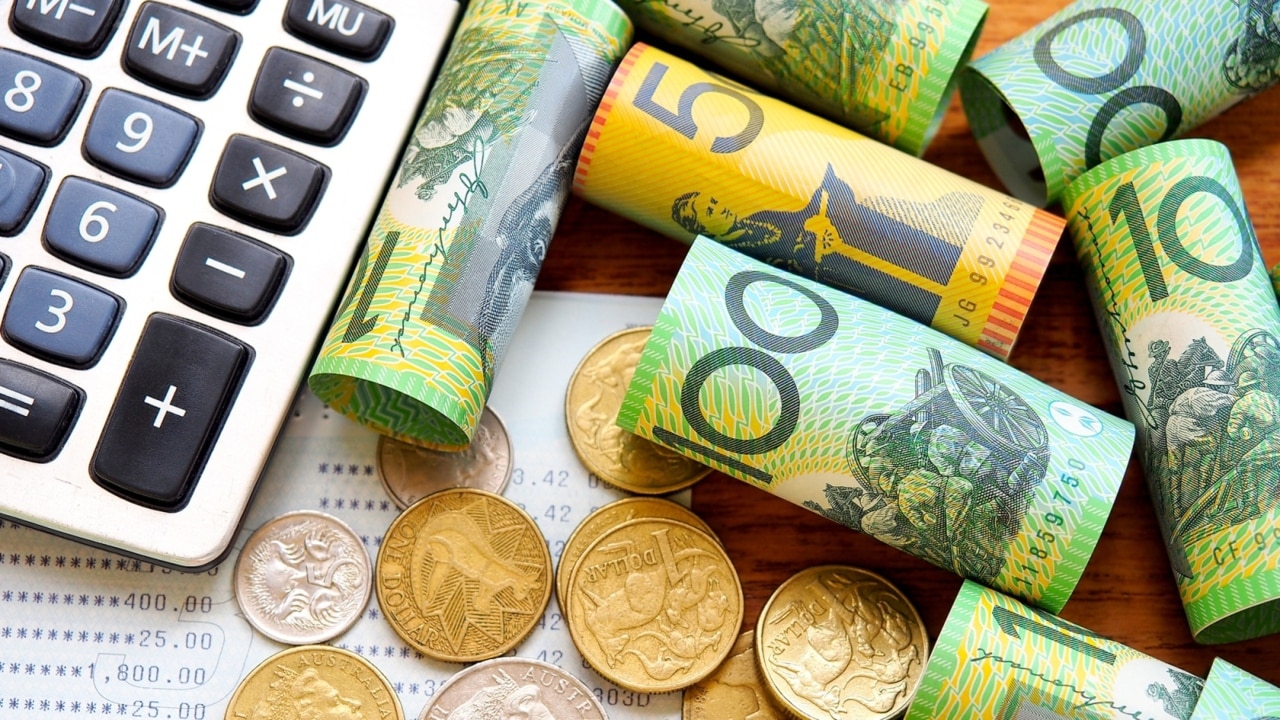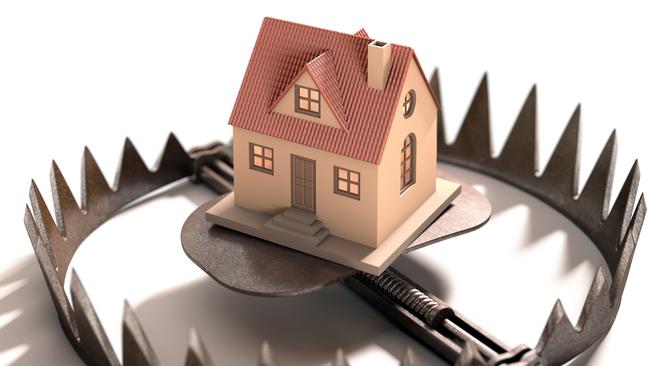Aussie mortgage pain: how 1990 rate hit compares with today
Homeowners who suffered through sky-high interest rates in 1990 might scoff at current rates, but it doesn’t tell the full story.

Homeowners who suffered through 17 per cent interest rates in 1990 might chuckle to themselves when they see public anger around this week’s Reserve Bank rate rise, but can people really compare the periods?
Mortgage pain will be felt sharply by households this year and next year as rates potentially rise almost 2.5 per cent.
Borrowers experiencing the 2022-23 version won’t be any less distressed than those three decades ago.
That’s because mortgages and house prices today are much larger, while relaxed lending rules allow people to borrow bigger piles of money relative to their household incomes.
Simple rate numbers suggest 1990 was worse, when the RBA’s official cash rate peaked at 17.5 per cent (before falling sharply back to 12 per cent by the end of that year).
This week’s rate rise took the cash rate from a record-low 0.1 per cent to 0.35 per cent, and the RBA flagged it could climb to 2.5 per cent by late next year.
However, this new rate-rise period could be more painful for Aussie households than 1990 was, experts say.
BetaShares chief economist David Bassanese says it’s unfair to simply look at rates.
“While interest rates are a lot lower than 30 years ago, house prices relative to income are a lot higher, so their repayment burden is a lot tougher,” he says.

“House prices are now five to six times income – before they were two to three times income.
“Mortgage repayments as a share of income is what matters.”
Data from the Real Estate Institute of Australia shows in early 1990 median house prices were $185,000 in Sydney, $140,000 in Melbourne, $100,000 in Adelaide and Perth and $97,000 in Brisbane.
Today buyers are paying $1.26 million in Sydney, $902,000 in Melbourne, $603,000 in Adelaide, $562,000 in Perth and $762,000 in Brisbane, according to PropTrack.
Money has been cheap and easy to access, and people became addicted.
Digital Finance Analytics principal Martin North says financial deregulation in the 1990s allowed people to borrow much more, and loan terms are longer today so debts don’t disappear as fast.
“The concept of being debt-free is a joke for most people now,” he says.
“If rates go up by 2 per cent, the average mortgage repayment will go up by 30 per cent.”
North says more than 40 per cent of households with a mortgage are already under stress – where their expenses exceed income – and this could reach almost 50 per cent next year.
“I think it’s tougher now,” he says.







To join the conversation, please log in. Don't have an account? Register
Join the conversation, you are commenting as Logout